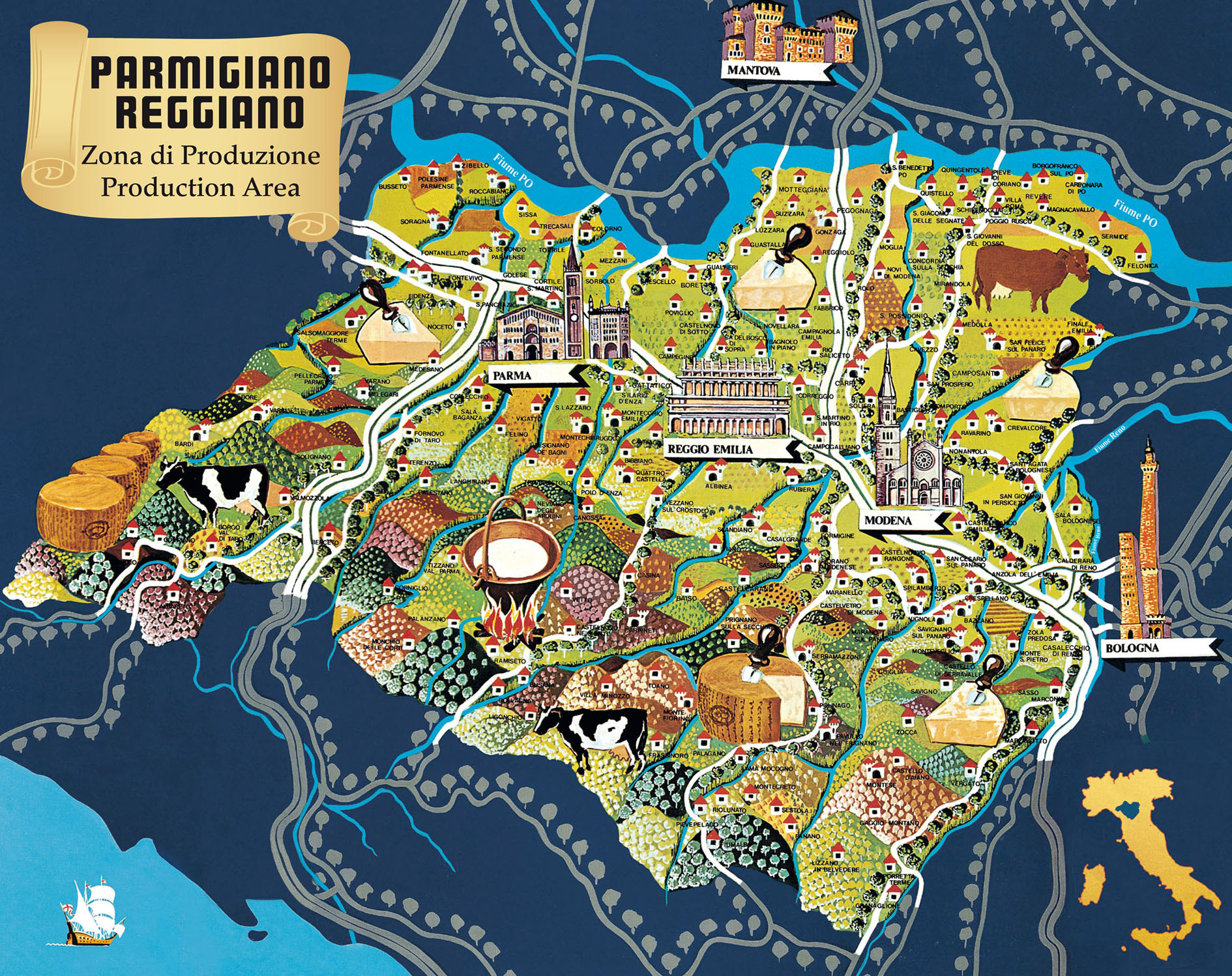PIADINA AN ITALIAN FLAT BREAD TO BE IMAGINATIVELY STUFFED WITH ALL SORT OF DELICACIES.
As is often happens in the gastronomic history, truest popular flavours colloquially also called “popular or poor food” are those that are guarantee to be good and healthy. The best ones are those that allow you to vary an ancient recipe and to create a traditional or a modern mean meal by just using your fantasty, in a delicious and satisfying alternative way.
The origin of the Piadina bread.
It is known and appreciated by connoisseurs and gourmets alike. The “piadina” comes from a long ancient Italian history. Someone says that everything started around the third century, according to a Roman historian. Beyond the secret knowledge in adding mysterious ingredients by the best “piadinaroli” widespread throughout the southern part of Italian Emilia-Romagna region, the basic piadina is simply composed by an handmade mixture of wheat flour, tepid water, salt, olive oil or lard. It is then laid in a thin disk-shaped flat bread with wooden tools like rolling pin and pastry-board, finally cooked on a metal plate called “testo”. Especially for those who are visiting the Adriatic Eastern coast, between an enjoyable and lively beach-life and a vibrant night-life, even in Winter, along the roads of Romagna an excellent Piadina Romagnola can be enjoyed almost anywhere. In Rimini and Ravenna restaurants offer it instead of bread to accompany the typical meal of Romagna made of tagliatelle, lasagne, cappelletti and passatelli in brodo, salami, grilled or roasted meats and vegetables.
Romagna street food.
There are also the typical Piadina’s kiosk or small specialised shop called “Piada and Cassoni” offering only piada meals both in the classical version or with various fillings that are re-invented from time to time. Whether they are near the sea or inland, these shops offer assorted menu completely dedicated to “piadina and cassoni” or “cascioni”. The “cassone” is a piadina folded and closed in on itself like a panzerotto, to wrap stuffed with stringy cheese, such as mozzarella and tomato, or sausage and potatoes and sautéed vegetables. A must try! Yes, because piada and cassoni should be eaten hot, just pulled down from the testo. They are excellent when stuffed with PDO Parma ham, soft cheese, sausage, grilled vegetables and even with sweet chocolate spread.
It is certain that if you try the real traditional piadina, you will enjoy a dish that satisfies your palate and your stomach. This experience will stay in your mind forever, renewing your desire to consume it again and again. For these reasons, the Piadina Romagnola has experienced in recent years a growing success even in large distribution as in supermarkets. Currently piadina is distributed in supermarkets pre-cooked, also proposed by local cafe’ as an snack or as a part of an aperitif. When you are having a home dinner party with friends you could choose piadina as a valid alternative to the most famous pizza, combined with a good beer or wine, such as Sangiovese di Romagna Superiore. It would be perfect when paired with cold cuts such as salami, vegetables and cheeses, such as squacquerone (a noble soft cheese from romagna) or even with a tuna and onion salad. There is no limit to the imagination when it comes to stuff a delicious piadina.
Rimini and Ravenna food and wine to die for.
Rimini and Ravenna are the two pearls of the Italian Adriatic Riviera. Here the Piada is listed in the menu of many beach restaurants. That would be perfect for enjoying the sea breeze, and while enjoying life flowing by. Someone will serve you a piadina filled with small grilled fish and a good white wine as Trebbiano or a fresh dry Albana.
What are currently the best selling piadina and cassoni? Piada with parma ham, squacquerone and rocket, sausage and onion, or hazelnut chocolate spread. An other good option is cassone stuffed with tomato and mozzarella, or sausage and potatoes, as well the vegetarian one with vegetable. Buon Appetito!


